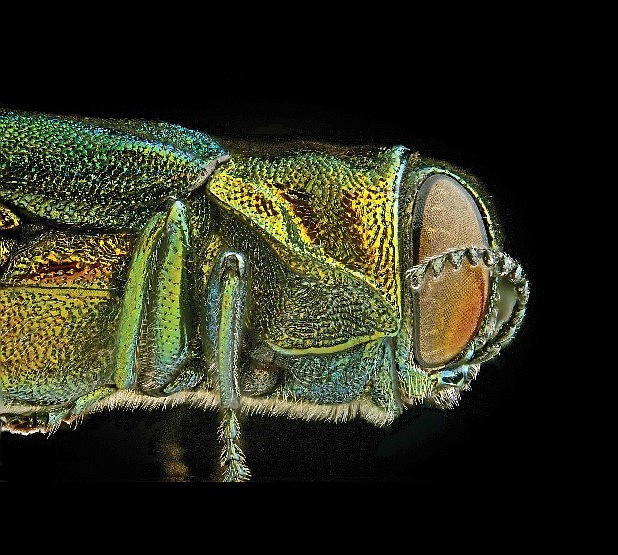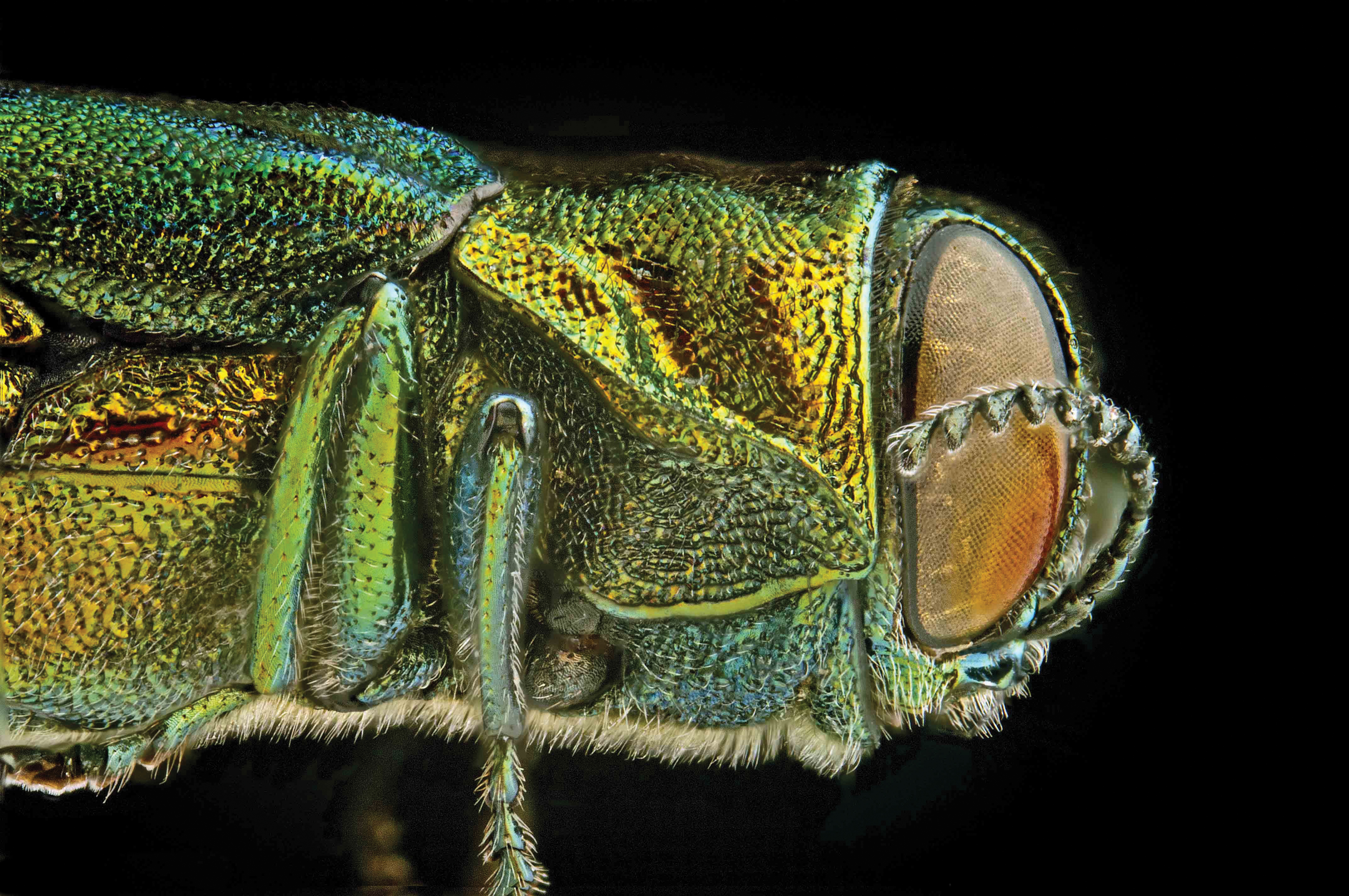HOW TO SPOTAdult emerald ash boreres are dark green, about a half-inch long and an eighth of an inch wide. The tiny larvae stay beneath the bark of ash trees until they emerge as adults, leaving D-shaped holes in the bark behind them.ABOUT THE BORERS• The insects came to the United States from Asia in the 1990s.• Presently they are found in 24 states and parts of Canada.• The first Tennessee spotting was in Knox County in 2010.• Hamilton County was quarantined in July of 2013 when emerald ash borers were found by Gene Hyde, urban forester for the city of Chattanooga.Source: Tennessee Department of AgricultureCALL FOR HELPIf you suspect your ash trees could be infested with the emerald ash borer, visit www.tn.gov/agriculture/eab for a symptoms checklist and report form, or call the state Agriculture Department's Regulatory Services Division at 1-800-628-2631.
A quarantine already in effect in Hamilton County for the emerald ash borer, an invasive insect that destroys ash trees, has been expanded to include Bradley, McMinn, Meigs, and Polk counties.
That brings the number Tennessee counties that are banned from moving ash trees and ash-tree products to 38, according to a news release from the Tennessee Department of Agriculture.
The destructive pest has been found in McMinn and Polk counties and is likely present in Bradley and Meigs counties, according to the agriculture department.
"We think it's in the best interest of the state to quarantine locations where we believe [the insect] could be located even though we haven't found it yet," Gary Haun, plant certification administer at the agriculture department, said in a news release.
The quarantine allows for the free movement of ash-tree materials in contiguous counties within the quarantined area, but restricts them from being removed from the zone.
The adult beetles eat ash foliage but cause little damage, Haun told the Times Free Press in an earlier interview. The real problem is the larvae, he said, because they feed on the inner bark and disrupt the tree's ability to transport water and nutrients.
The small insects only attack ash trees. Once the tree is infested, it has only about three years to live. It's estimated that more than 1 million ash trees have died across the nation so far.
Tennessee has an estimated 261 million ash trees, potentially valued as high as $9 billion. The state agriculture department estimates 5 million urban ash trees in Tennessee worth $2 billion are at risk.
Contact staff writer Kendi Anderson at kendi.anderson@timesfreepress.com or at 423-757-6592.

